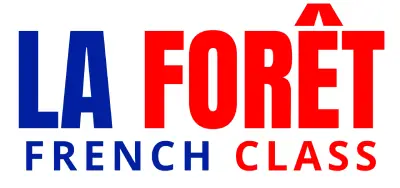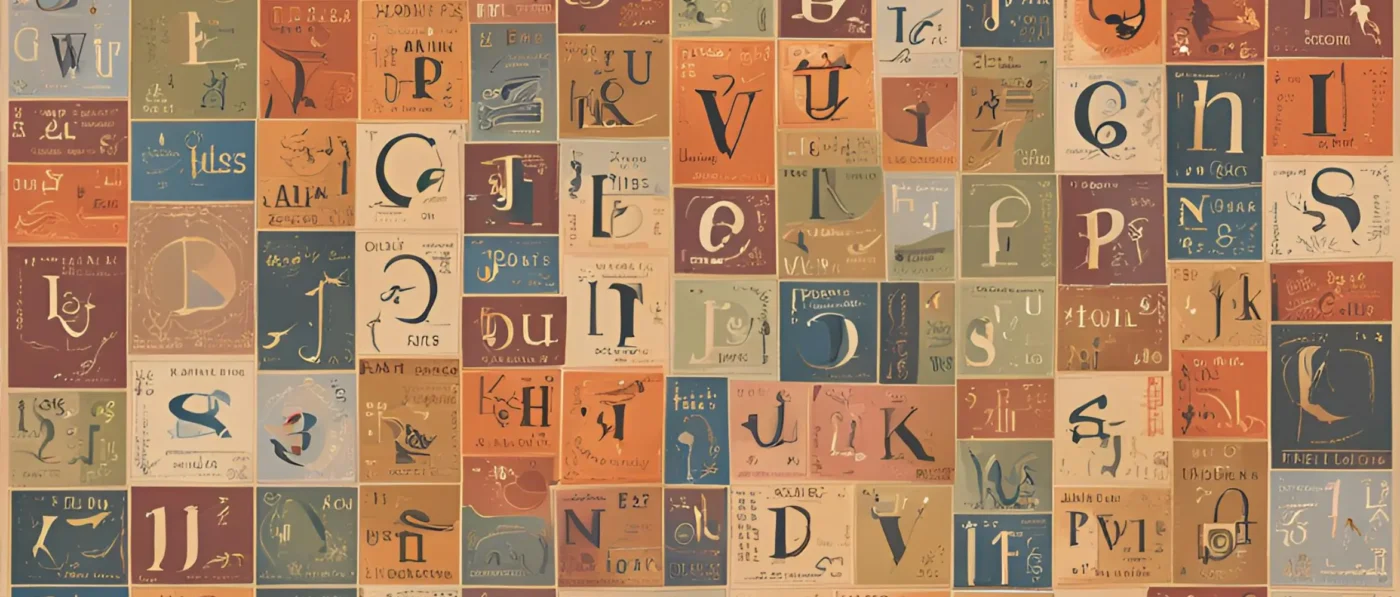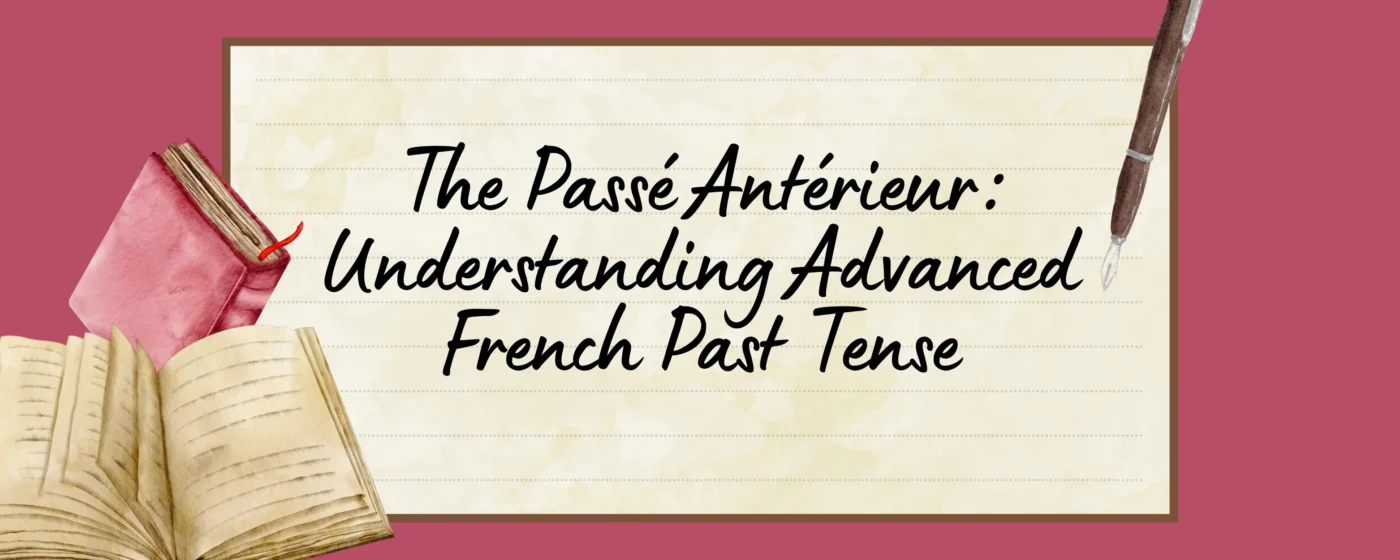The French alphabet, while similar to the English alphabet, has unique features and pronunciation rules that set it apart. Mastering the French alphabet is crucial as it forms the foundation for learning the language, enabling accurate reading, writing, and pronunciation in French.
Why Learn the French Alphabet?
Learning the French alphabet offers several benefits. It improves pronunciation and spelling, ensuring you can accurately read and write in French. Understanding the alphabet provides a solid foundation for further language study, aiding in better communication and language fluency. Mastering the French alphabet is the first step towards becoming proficient in the language, enhancing your ability to learn and use French effectively.
The Complete French Alphabet
The French alphabet consists of 26 letters, just like the English alphabet. However, the pronunciation of some letters and the usage of accents and ligatures make it unique.

| Letter | Name | Pronunciation | Letter | Name | Pronunciation |
|---|---|---|---|---|---|
| A | a | [ah] | N | enne | [enn] |
| B | bé | [bay] | O | o | [oh] |
| C | cé | [say] | P | pé | [pay] |
| D | dé | [day] | Q | ku | [koo] |
| E | e | [uh] | R | erre | [air] |
| F | effe | [eff] | S | esse | [ess] |
| G | gé | [zhay] | T | té | [tay] |
| H | ache | [ahsh] | U | u | [oo] |
| I | i | [ee] | V | vé | [vay] |
| J | ji | [zhee] | W | double vé | [doo-bluh vay] |
| K | ka | [kah] | X | ix | [eeks] |
| L | elle | [ell] | Y | i grec | [ee grek] |
| M | emme | [emm] | Z | zède | [zed] |
Accents and Ligatures
- Accents:
é (accent aigu) – [ay], e.g., été (summer)
è, ê, ë (accent grave, circumflex, diaeresis) – [eh], e.g., mère (mother), forêt (forest), Noël (Christmas)
â, ê, î, ô, û (circumflex) – Indicates a historical ‘s’ and can affect pronunciation, e.g., hôpital (hospital)
ç (cedilla) – [s] before a, o, u, e.g., garçon (boy)
- Ligatures:
æ – Rarely used now, e.g., cæur (heart) though often replaced by cœur in modern usage
œ – Common, e.g., œuf (egg)
French Vowels
The French vowels are a, e, i, o, u, y. Their pronunciation varies based on their position in words and the accents they carry.
| Vowel | Example | Common Pronunciation |
|---|---|---|
| A | ami | [ah] |
| E | le | [uh] |
| E | été | [ay] |
| I | vite | [ee] |
| O | ordinateur | [oh] |
| U | lune | [oo] |
| Y | style | [ee] or [ee-grek] |
French Consonants
French consonants are generally pronounced similarly to their English counterparts but can have different sounds in certain contexts.
| Consonant | Example | Common Pronunciation |
|---|---|---|
| B | bébé | [bay] |
| C | cinéma | [say] (before e, i), [k] (before a, o, u) |
| D | doux | [day] |
| F | frère | [eff] |
| G | gare | [g] (before a, o, u), [zh] (before e, i) |
| H | homme | Silent |
| J | jupe | [zhee] |
| K | kiwi | [kah] |
| L | lait | [ell] |
| M | mère | [emm] |
| N | neuf | [enn] |
| P | pain | [pay] |
| Q | quatre | [koo] |
| R | rue | [air] |
| S | sel | [ess] |
| T | thé | [tay] |
| V | vin | [vay] |
| W | wagon | [doo-bluh vay] |
| X | xylophone | [eeks] |
| Z | zéro | [zed] |
Grammar Made Easy as Bonjour!
Our tutors guide you through tricky grammar points to make French a breeze.
Accents and Special Letters in the French Alphabet
In French, various accents modify the pronunciation and meaning of words. Understanding these accents is essential for mastering the language. The main accents are l’accent aigu, l’accent grave, le tréma, l’accent circonflexe, and la cédille.
L’accent Aigu (é)
L’accent aigu is used only on the letter ‘e’. It changes the pronunciation to [ay], as in the English word “say”. This accent often appears in words derived from Latin.
- Usage: Indicates a higher, clearer ‘e’ sound.
- Examples: école (school), éléphant (elephant), été (summer)
L’accent Grave (à, è, ù)
L’accent grave can appear on ‘a’, ‘e’, and ‘u’. It affects pronunciation and sometimes meaning.
- Usage on ‘e’: Indicates an open ‘e’ sound [eh].
- Usage on ‘a’ and ‘u’: Distinguishes between homophones.
- Examples: è: père (father), très (very), à: à (at/to), là (there), ù: où (where)
Le Tréma (ë, ï, ü)
Le tréma is used on ‘e’, ‘i’, and ‘u’. It indicates that the vowel should be pronounced separately from the preceding vowel.
- Usage: Separates vowel sounds in a word.
- Examples: ë: Noël (Christmas), ï: naïve (naive), ü: ambigüe (ambiguous)
L’accent Circonflexe (â, ê, î, ô, û)
L’accent circonflexe appears on all five vowels and has historical significance, often indicating a dropped ‘s’ from Old French. It can also affect pronunciation.
- Usage: Indicates a lengthened vowel sound or a historical spelling.
- Examples: â: pâte (paste), ê: forêt (forest), î: île (island), ô: hôtel (hotel), û: dû (due)
La Cédille (ç)
La cédille is used only under the letter ‘c’ to change its sound from [k] to [s] before ‘a’, ‘o’, or ‘u’.
- Usage: Softens the ‘c’ to an ‘s’ sound.
- Examples: garçon (boy), français (French), leçon (lesson)
Joint Vowels (æ, œ)
Joint vowels are less common but appear in some French words. They represent combined vowel sounds and have specific pronunciations.
- Usage: Indicates a merged vowel sound.
- Examples: æ: ex æquo (equally ranked), œ: sœur (sister), cœur (heart)
Tips to Learn the French Alphabet
Mastering the French alphabet is the first step towards fluency. Here are some effective methods to help you learn and memorize it:
- Spaced Repetition – Spaced repetition involves reviewing the alphabet at increasing intervals. This technique helps reinforce memory and ensures long-term retention.
- Mnemonics – Mnemonics are memory aids that make learning easier. Create associations or little stories for each letter and accent to help remember their sounds and usage.
- Using Songs – Songs are a fun and engaging way to learn the alphabet. Many French alphabet songs are available online that make memorization enjoyable and effective.
- Regular Practice – Consistency is key. Practice reading, writing, and pronouncing the alphabet daily. Use flashcards, write out the letters, and read French texts to reinforce your learning.
- La Forêt French Class – For those who want to delve deeper into French, La Forêt French Class offers an excellent language learning program. Their interactive lessons, experienced instructors, and immersive techniques make learning French enjoyable and effective.
Take your first demo lesson today to experience their unique approach and see the benefits for yourself. Visit La Forêt for more information and start your journey towards French fluency now!
Learn more about French Courses and schedule your demo lesson today!
Conclusion
Mastering the French alphabet is crucial for learning the language. Use techniques like spaced repetition, mnemonics, and songs for effective memorization. Regular practice is essential. Utilize resources like La Forêt French Class to enhance your learning experience and achieve fluency.
Frequently Asked Questions
Q: What is a to z in French?
Ans: In French, “a to z” is “de A à Z.” Mastering each letter, accent, and pronunciation is essential for learning the language comprehensively. La Forêt French Class offers structured lessons to help you achieve proficiency from A to Z.
Q: How do you say ABCD in French?
Ans: In French, ABCD is pronounced as “ah-bay-say-day.” Learning the French alphabet not only enhances pronunciation skills but also lays a solid foundation for language learning. Explore La Forêt French Class’s programs to excel in French language basics.
Q: How is the French alphabet written?
Ans: The French alphabet consists of 26 letters, similar to the English alphabet, but with its own unique accents and ligatures. Understanding these nuances is crucial for accurate pronunciation and spelling. La Forêt French Class provides expert guidance on mastering the French alphabet.
Q: Is French easy to learn?
Ans: French can be challenging, but with dedication and effective learning methods, progress can be swift. Mastering the French alphabet, practicing regularly, and immersing yourself in the language through resources like La Forêt French Class can make learning French enjoyable and rewarding.





